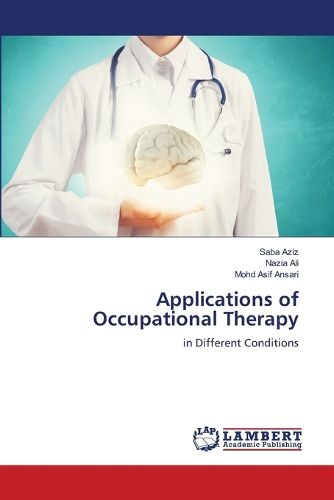Readings Newsletter
Become a Readings Member to make your shopping experience even easier.
Sign in or sign up for free!
You’re not far away from qualifying for FREE standard shipping within Australia
You’ve qualified for FREE standard shipping within Australia
The cart is loading…






Occupational therapy (OT) is a healthcare profession that helps individuals across the lifespan participate in the activities (occupations) they want and need to do through the therapeutic use of daily activities. OT practitioners work with people affected by a wide range of physical, developmental, emotional, and cognitive conditions.Common Conditions Treated in Occupational Therapy. Neurological Conditions. Musculoskeletal ConditionsDevelopmental and Pediatric ConditionsMental Health ConditionsGeriatric ConditionsSensory Processing DisordersHand and Upper Extremity Injuries.What Occupational Therapists DoEvaluate abilities and limitations.Develop personalized treatment plans.Recommend adaptive equipment (e.g., wheelchairs, grab bars).Teach energy conservation and work simplification techniques.Promote independence in ADLs (bathing, dressing, eating).Collaborate with families, teachers, or employers as needed.
$9.00 standard shipping within Australia
FREE standard shipping within Australia for orders over $100.00
Express & International shipping calculated at checkout
Occupational therapy (OT) is a healthcare profession that helps individuals across the lifespan participate in the activities (occupations) they want and need to do through the therapeutic use of daily activities. OT practitioners work with people affected by a wide range of physical, developmental, emotional, and cognitive conditions.Common Conditions Treated in Occupational Therapy. Neurological Conditions. Musculoskeletal ConditionsDevelopmental and Pediatric ConditionsMental Health ConditionsGeriatric ConditionsSensory Processing DisordersHand and Upper Extremity Injuries.What Occupational Therapists DoEvaluate abilities and limitations.Develop personalized treatment plans.Recommend adaptive equipment (e.g., wheelchairs, grab bars).Teach energy conservation and work simplification techniques.Promote independence in ADLs (bathing, dressing, eating).Collaborate with families, teachers, or employers as needed.